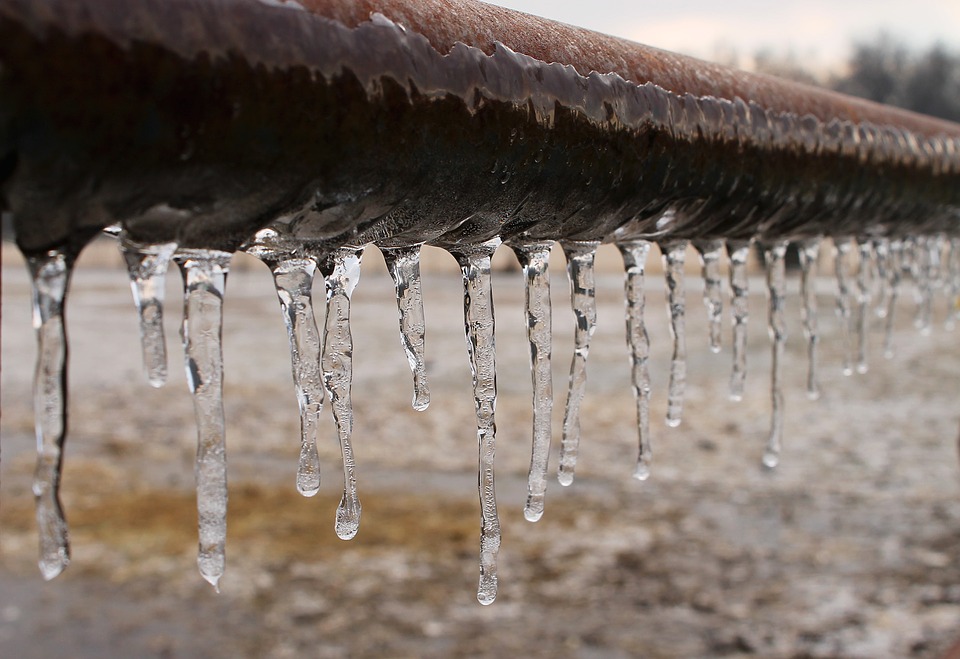Preventing Frozen Pipes in Winter: Professional Strategies
Preventing Frozen Pipes in Winter: Professional Strategies
Blog Article
Are you interested in critical information about Helpful Tips to Prevent Frozen Pipes this Winter?

Winter can ruin your pipes, especially by freezing pipelines. Right here's how to stop it from happening and what to do if it does.
Intro
As temperature levels drop, the threat of icy pipes boosts, possibly bring about expensive fixings and water damages. Understanding exactly how to prevent frozen pipes is important for home owners in cool environments.
Understanding Icy Pipelines
What triggers pipelines to ice up?
Pipelines ice up when revealed to temperature levels listed below 32 ° F (0 ° C) for expanded periods. As water inside the pipes freezes, it increases, taxing the pipe wall surfaces and potentially causing them to break.
Dangers and damages
Icy pipes can result in supply of water disturbances, home damages, and pricey repair services. Burst pipelines can flooding homes and create considerable structural damage.
Indicators of Frozen Pipes
Identifying icy pipes early can stop them from breaking.
Just how to determine icy pipes
Try to find decreased water circulation from taps, uncommon odors or noises from pipelines, and visible frost on exposed pipes.
Avoidance Tips
Shielding susceptible pipes
Cover pipes in insulation sleeves or make use of heat tape to protect them from freezing temperatures. Concentrate on pipes in unheated or exterior areas of the home.
Heating techniques
Keep interior spaces appropriately heated, particularly locations with pipes. Open up closet doors to allow cozy air to circulate around pipes under sinks.
Safeguarding Exterior Plumbing
Garden hoses and exterior faucets
Detach and drain garden tubes before winter season. Install frost-proof spigots or cover outdoor taps with insulated caps.
What to Do If Your Pipelines Freeze
Immediate actions to take
If you presume frozen pipes, keep faucets open up to eliminate pressure as the ice thaws. Make use of a hairdryer or towels taken in warm water to thaw pipes gradually.
Long-Term Solutions
Structural modifications
Consider rerouting pipes far from outside wall surfaces or unheated locations. Add additional insulation to attics, cellars, and crawl spaces.
Upgrading insulation
Invest in top notch insulation for pipelines, attic rooms, and wall surfaces. Proper insulation aids keep consistent temperatures and reduces the threat of frozen pipelines.
Conclusion
Avoiding frozen pipelines needs positive actions and fast reactions. By comprehending the reasons, indications, and safety nets, house owners can secure their plumbing during winter.
6 Proven Ways to Prevent Frozen Pipes and Protect Your Home
Disconnect and Drain Garden Hoses
Before winter arrives, start by disconnecting your garden hoses and draining any remaining water. Close the shut-off valves that supply outdoor hose bibs and leave the outdoor faucet open to allow any residual water to drain. For extra protection, consider using faucet covers throughout the colder months. It’s also important to drain water from any sprinkler supply lines following the manufacturer’s directions.
Insulate Exposed Pipes
Insulating your pipes is an effective way to prevent freezing. Pipe insulation is readily available at home improvement stores and is relatively inexpensive. Pay close attention to pipes in unheated areas such as the attic, basement, crawl spaces, or garage. Apply foam insulation generously to create a buffer against the cold. You can also wrap your pipes in heat tape or thermostat-controlled heat cables for added warmth.
Seal Air Leaks
Inspect your home for any cracks or openings that could let in cold air. Seal any holes around the piping in interior or exterior walls, as well as the sill plates where your home rests on its foundation. Additionally, make sure to keep your garage door closed unless you’re entering or exiting. Leaving it open creates a significant air leak that can lead to frozen pipes.
Allow Warm Air Circulation
During cold snaps, it’s essential to allow warm air to circulate evenly throughout your home. Leave interior doors ajar to promote better airflow. Open kitchen and bathroom cabinets to help distribute heat consistently around the rooms. If you have small children or pets, be sure to remove any household chemicals or potentially harmful cleaners from open cabinets for safety.
Let Faucets Drip
A small trickle of water can make a big difference in preventing ice formation inside your pipes. When temperatures drop significantly, start a drip of water from all faucets served by exposed pipes. This continuous flow helps prevent the water from freezing. Additionally, running a few faucets slightly can relieve pressure inside the pipes, reducing the chances of a rupture if the water inside does freeze.
https://choateshvac.com/6-proven-ways-to-prevent-frozen-pipes-and-protect-your-home/

As a passionate reader about Prevent Frozen Pipes , I imagined sharing that excerpt was smart. Are you aware of another individual who is very much interested in Prevent Frozen Pipes ? Please feel free to share it. Thank you so much for taking the time to read it.
Call Today Report this page